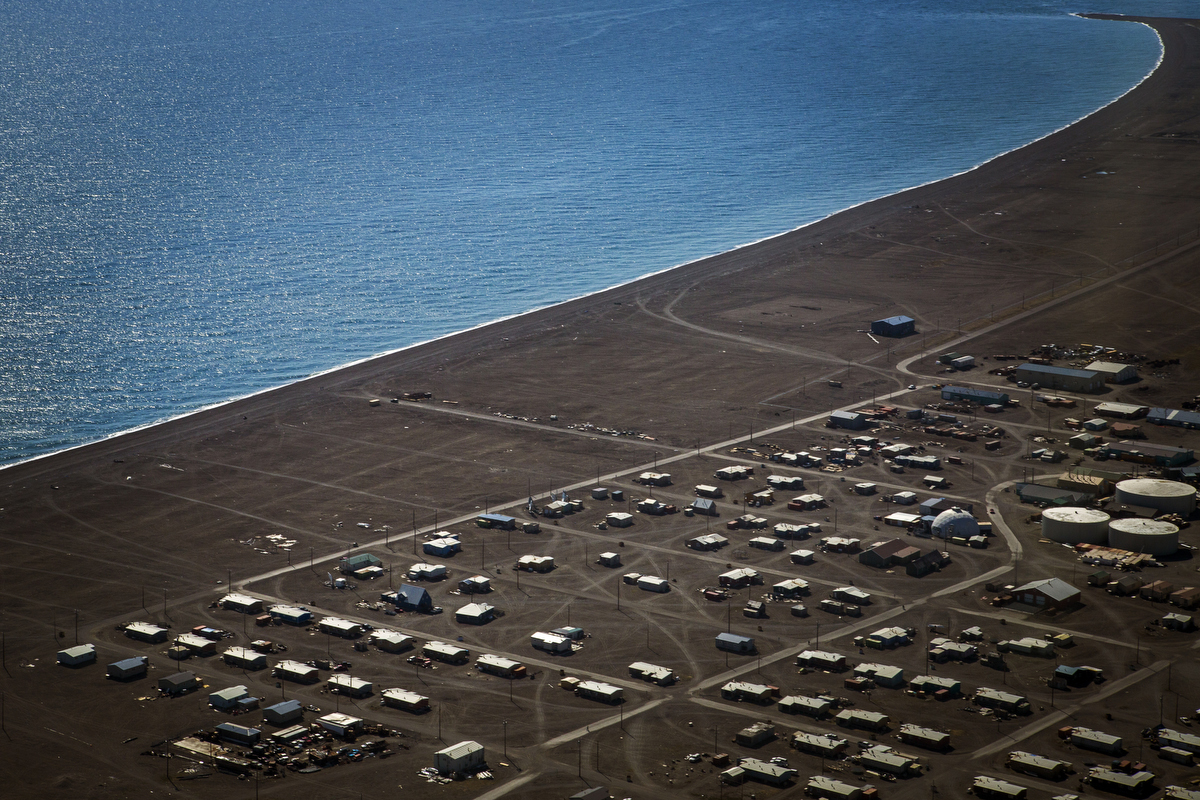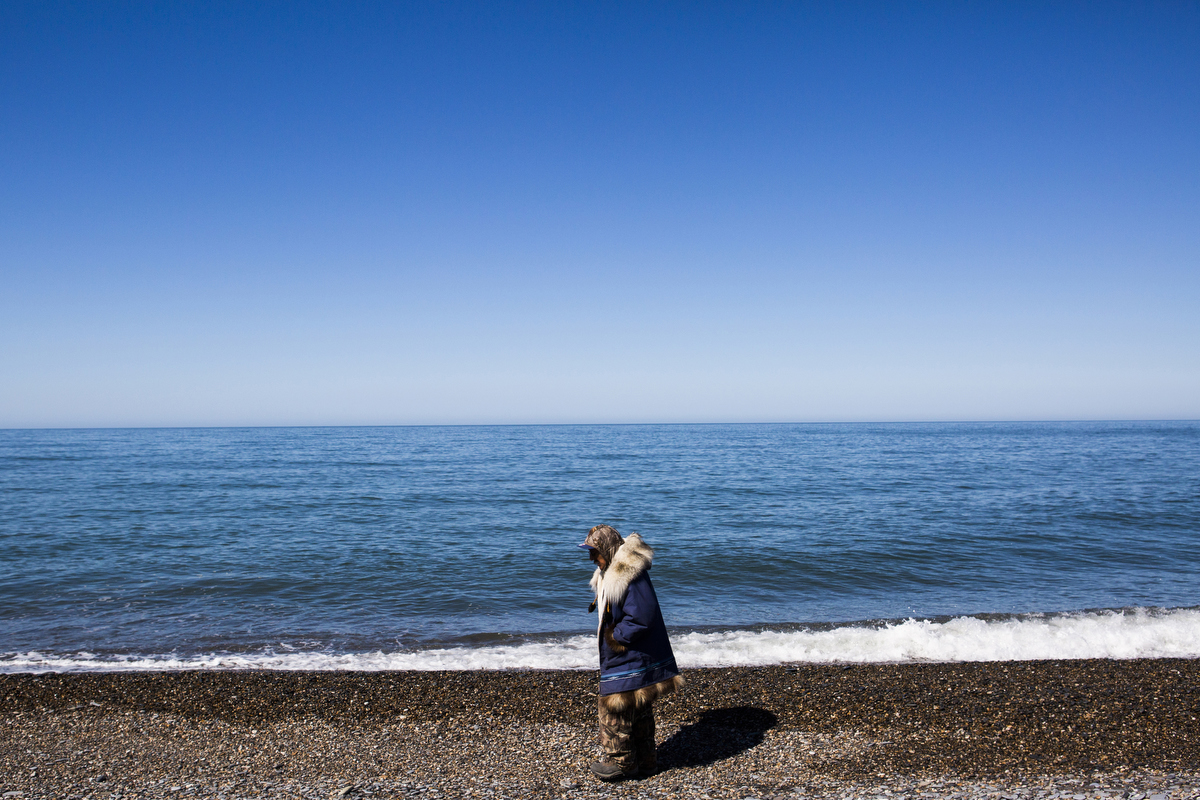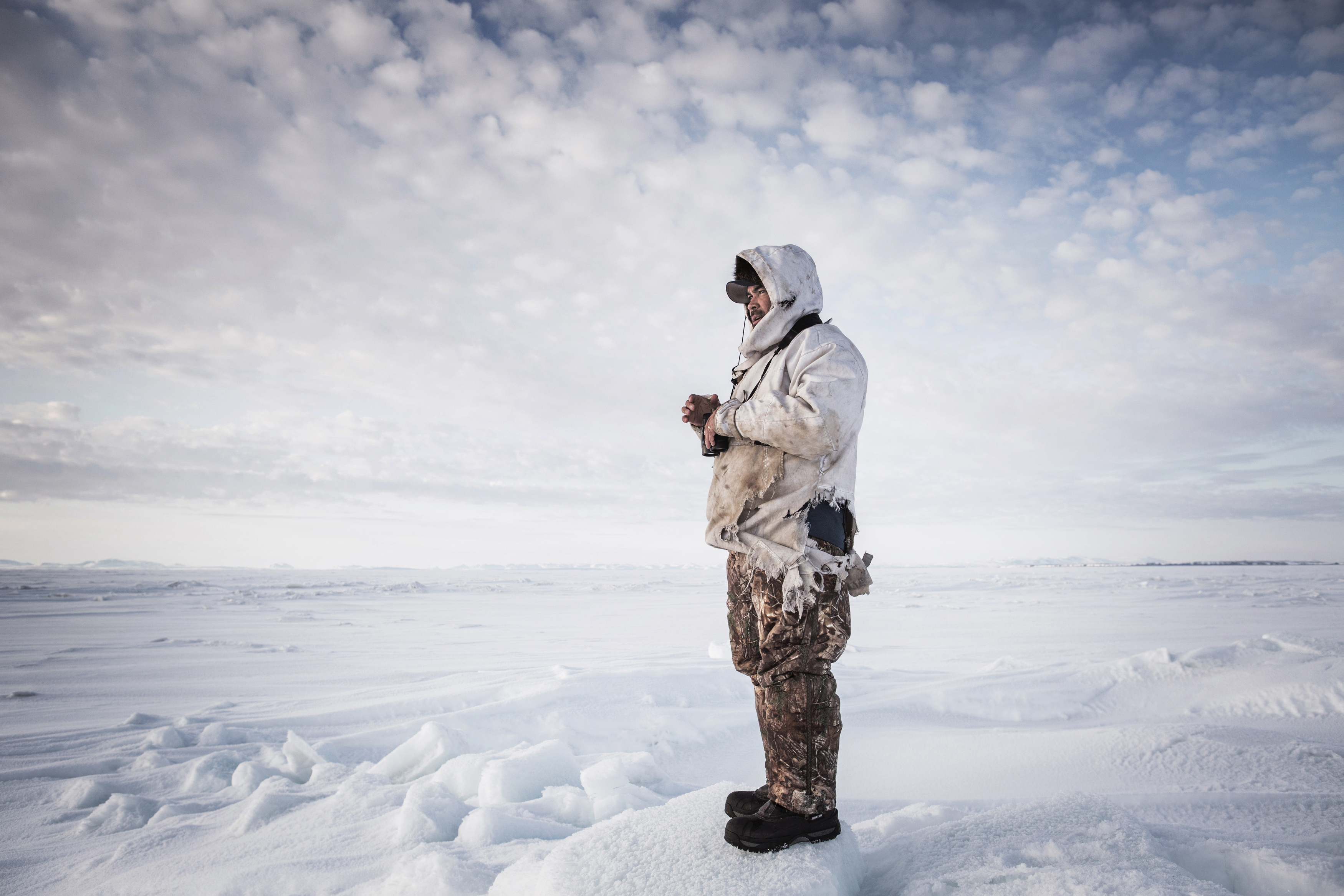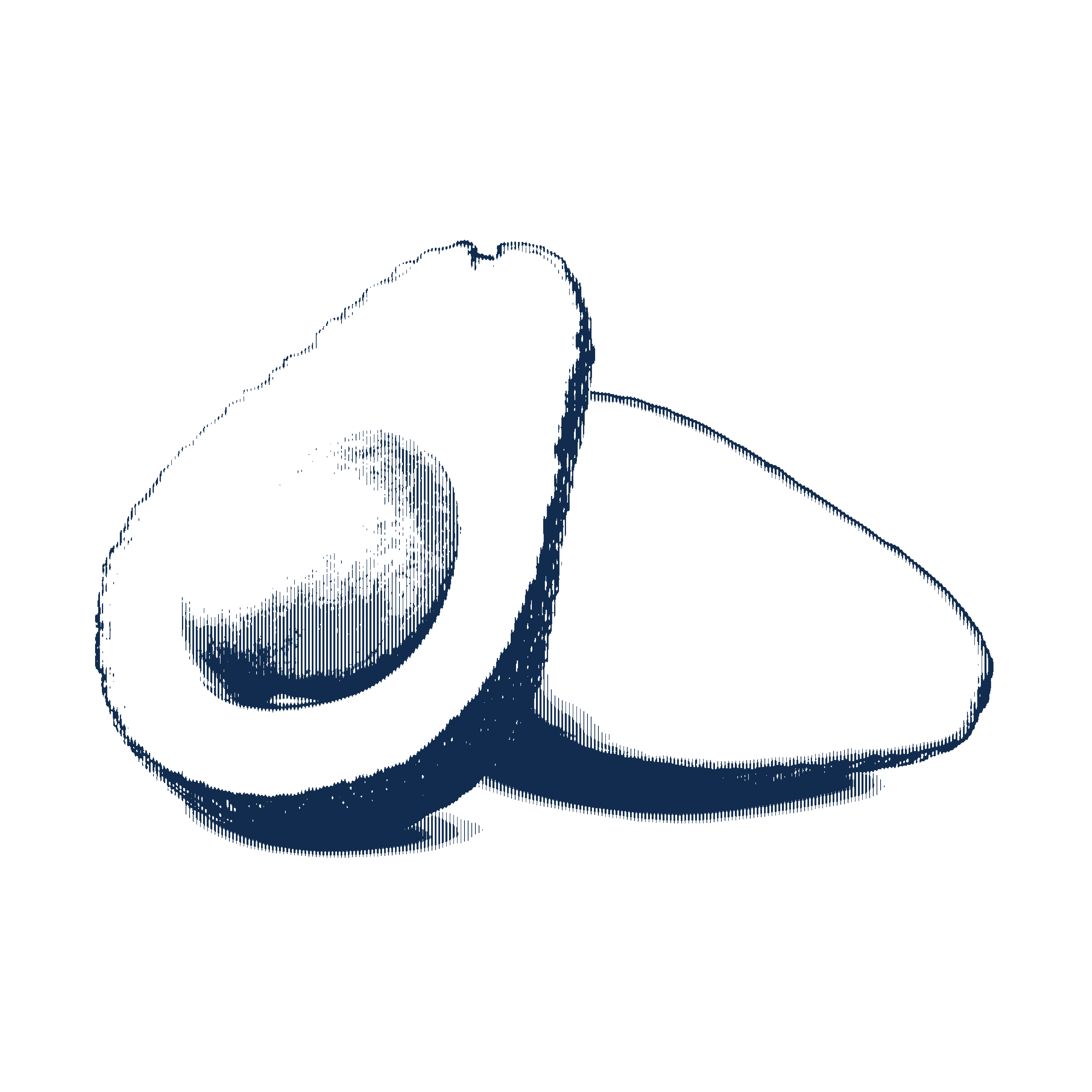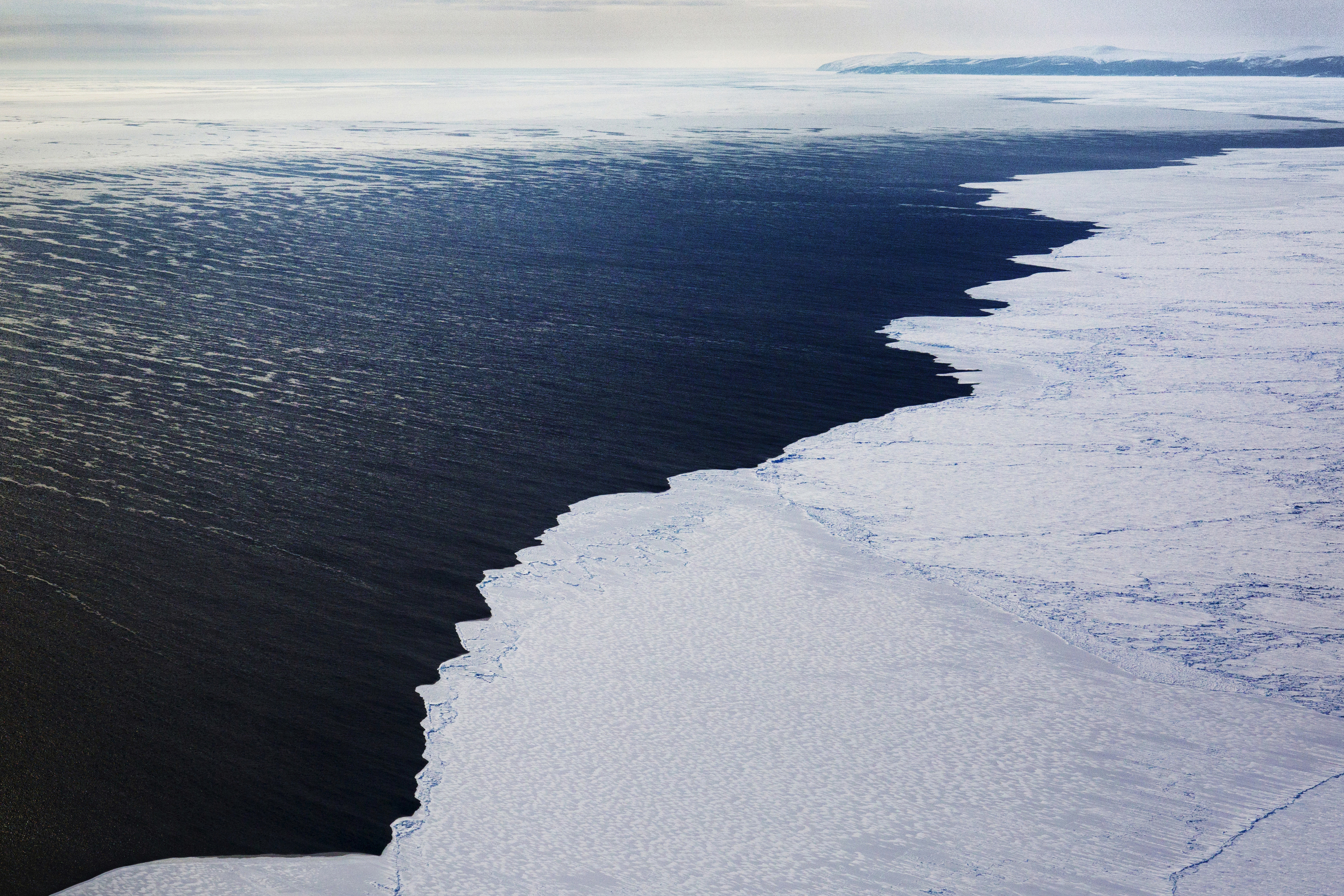
Scientists call Alaska "ground zero" for climate change and last year was the state's warmest on record. But climate change in Alaska means more than just warmer weather and shorter winters––it means the ocean surface heats up, sea ice vanishes and changes texture, wildfires chew through the landscape and storms increase in intensity and frequency. All of this puts pressure on natural habitats for hundreds of species and the rural Alaska Native communities that rely on hunting, fishing and foraging for food.
For Alaska's indigenous people who live in isolated parts of the state, climate change threatens to deeply alter a lifestyle rooted in ancient practices of hunting and preserving food. Villages also depend on free and plentiful natural proteins such as seal, walrus, whale, salmon and caribou as a matter of food security. Access to traditional foods is essential to the health of rural economies, where food, fuel and supplies cost many times what they do in the urban part of the state.
Living off the land, known in Alaska as "subsistence," is a central part of identity, family and community in Alaska Native cultures, some of which are so fragile that only elders still speak the native language. In this project, journalists Katie Orlinsky and Julia O'Malley explore how climate change is challenging cultural practices and economies in rural Alaska.


